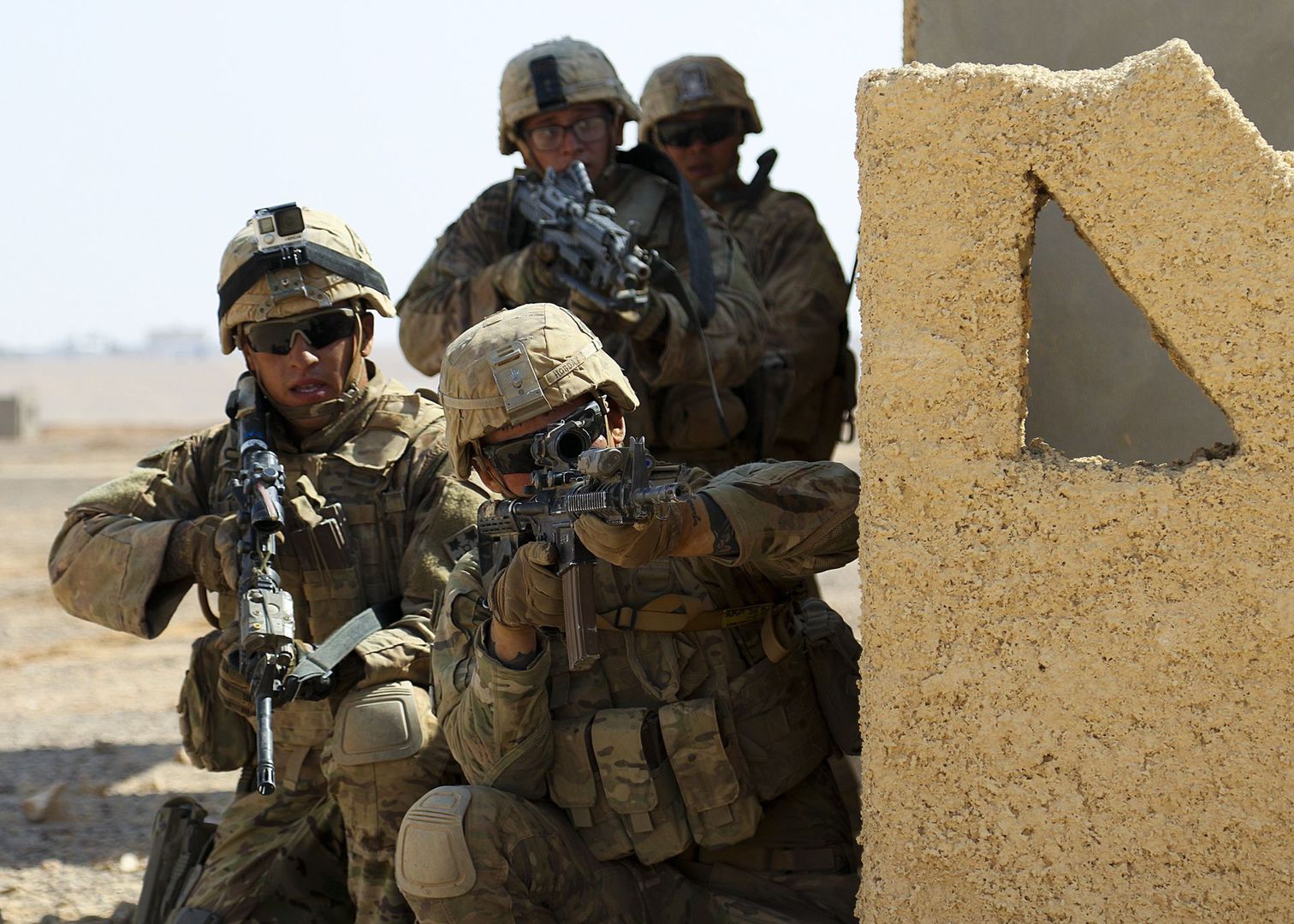To help Soldiers to better understand the complex rules of war, the Army has released Field Manual 6-27, the Commander’s Handbook on the Law of Land Warfare.
The handbook provides crucial guidance to Soldiers and Marines on the Law of Armed Conflict, or LOAC. It also helps U.S. troops comply with international and host nation laws. Some of the LOAC rules include refraining from harming enemies who surrender and collecting and caring for the wounded of both friendly and enemy forces.
“These are the rules and principles which guide our actions in the conduct of hostilities,” said retired Col. Michael Meier, special assistant to the Army judge advocate general for law of war matters.
The manual, released in August, is the culmination of a 20-year effort to modernize the field manual for the 21st century with a greater emphasis on joint warfare and joint combat operations.
As the Army begins to shift its focus toward large-scale ground combat, updating the field manual and having the guidance readily available could be crucial to battlefield success, Meier said. If U.S. forces fail to abide by LOAC rules, it could result in dire consequences and undercut international and domestic support for U.S. military operations.
Units from the Army and the Marine Corps combined efforts to provide the handbook that battlefield commanders can easily access without additional footnotes to sift through. The manual has been limited to 208 pages and the printed copy has been designed for portability; sized to fit in a Soldier’s cargo pocket.
“This critical handbook will help Commanders fight and win on ‘battlefield next’ by helping to ensure our combat forces adhere to the spirit and letter of the law of war,” said Lt. Gen. Charles Pede, U.S. Army judge advocate general. “This manual anticipates the complexities of modern battlefields and was written to be easily understood, enhancing compliance with the Law of Armed Conflict.”
FM 6-27, which draws heavily from the recently revised Department of Defense Law of War manual, is more concise and user-friendly than the 1956 FM 27-10 manual. The old manual had focused on publishing the lengthy legal language of the 1949 Geneva Conventions. One notable change from the former version is the punishment for war crimes. Previously, FM 27-10 featured broad guidance, stating that “all” LOAC violations were labeled as war crimes. FM 6-27 states that “war crimes” now generally refer to “serious violations of LOAC.”
“Something that old, it was certainly time to redo (FM 27-10). It’s outdated,” Meier said. “It was sort of more narrowly scoped. In that time, there has been a proliferation of new legal instruments related to the laws of armed conflict.”
Meier said that more recent conflicts including Operation Iraqi Freedom influenced the updates, which included clear explanations and guidance for the 429 articles of the Geneva Conventions.
The previous version had been written for legal advisors and judge advocates. FM 6-27 was designed to empower battlefield commanders to understand and apply the LOAC.
The handbook features 22 updated terms including definitions for international armed conflict and military objectives. For example, the LOAC principles of military necessity, humanity, honor, distinction and proportionality are defined and explained. The document also discusses direct participation in hostilities, discusses targeting, and explains the various elements of military objectives.
Although its authors wrote the instruction for commanders, Soldiers and Marines of all ranks are encouraged to download the handbook. The manual also provides for the added function of helping partner nations understand U.S. military operations and regulations.
As the U.S. increasingly leans on allies in Europe and in the Pacific, it can help increase interoperability, Meier said.
The discussion of the humane treatment of detainees is also covered in the manual as well as the applicability of basic human rights in armed conflict.










